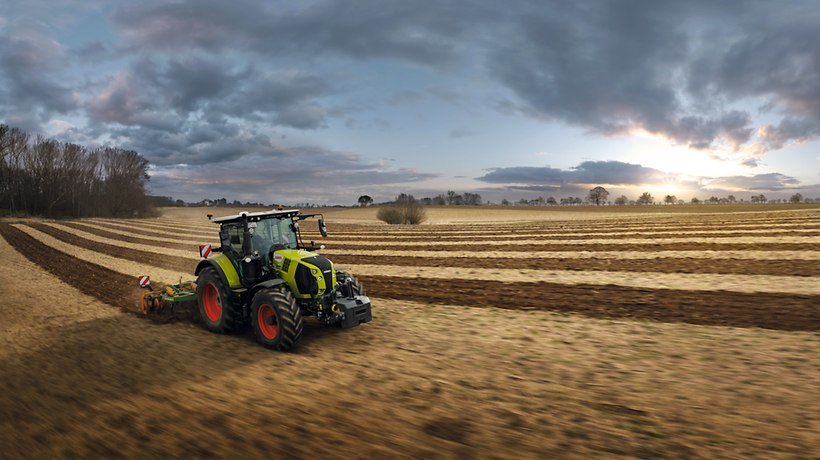

5 common and persistent myths about continuously variable transmissions
Tractors are multifunctional, mobile work machines. They need to be able to do everything, from slow maintenance work, heavy soil cultivation or PTO work to heavy transport journeys. All of these place tough demands not only on the farmer, but also on the transmission: traditional part- and full-load manual transmissions have to overcome efficiency losses, while modern continuously variable transmissions have only to overcome prejudices. So, it’s high time we cleared up five common myths about continuously variable transmissions.
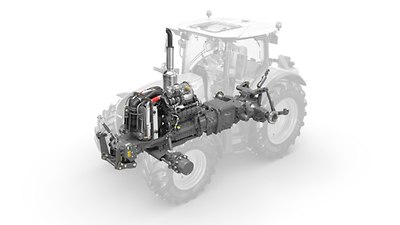
Myth 1: Continuously variable transmissions break down sooner.
False! The rumour persists that continuously variable transmissions fail more frequently and sooner than part- and full-load manual transmissions. The opposite is the case. “Our CMATIC transmissions show no defects whatsoever at a service life of well beyond 10,000 operating hours,” explains Jan Wieckhorst, Vice President of Advanced Development for Tractors and Accessories. “A full-load manual transmission has yet to achieve that.”
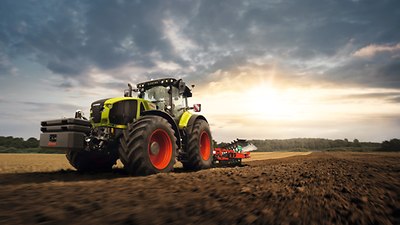
Myth 2: A CVT in a tractor uses more fuel.
False! Modern continuously variable transmissions such as the CLAAS CMATIC are extremely efficient – and that’s almost constant across all speeds. In a manual gearbox, the operating point of the drivetrain in each gear is determined by the gear ratio, depending on the operating speed. This means that the driver can get close to the optimal operating point by selecting the right gear... however, the continuously variable transmission is always automatically at the optimal operating point. This also means optimal low fuel consumption.
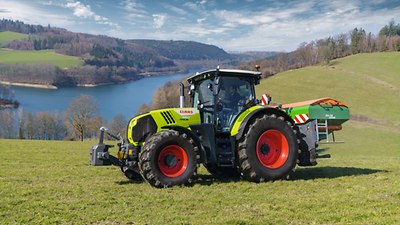
Myth 3: CVTs are high-tech, for professionals only.
False! The continuously variable transmission still has a reputation for only being suitable for professionals to drive. In fact, anyone can do it, the tractor is controlled almost entirely by the accelerator pedal or control lever: “If you push the pedal harder, the tractor goes faster, when you lift off the pedal it slows down. When stationary, the tractor won’t roll forwards or backwards, even with a heavy trailer on the back. It’s child’s play!” says the engineer, summarising how uncomplicated it is to use. Shift points, revs, clutch... the driver no longer needs to think about any of them, the transmission and cruise control take care of all that automatically.
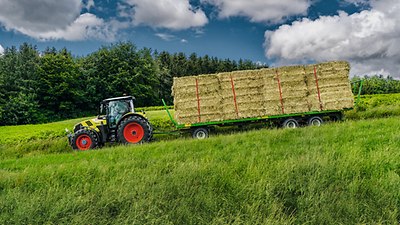
Myth 4: But my trailer will overtake me with a CVT.
False! The risk of jack-knifing is even lower and it’s all thanks to the continuously variable transmission. But first, let’s go back to basics for all the non-farmers: jack-knifing can happen when the driver of a vehicle and trailer lifts off the throttle without the trailer braking. In that scenario, the trailer can overtake the tractor. In the worst case, on slippery ground the trailer can push the slowing tractor sideways from behind so that it wedges against the tractor like a folding knife, or jack-knife. On tractors with CMATIC, sensors identify whether the trailer is pushing and the intelligent cruise control brakes the heavy load, straightening out the tractor and trailer. Operating errors are a thing of the past.
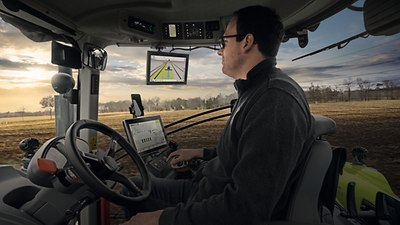
Myth 5: Continuously variable transmissions just take care of the gear changes for me.
Almost false! It’s correct that CMATIC takes care of the gear changes, but it also increases the possible uses of the tractors many times over. The gearbox and vehicle settings can be altered very easily via the CEBIS control terminal. The driver can select the operating mode while driving at the touch of a button.





